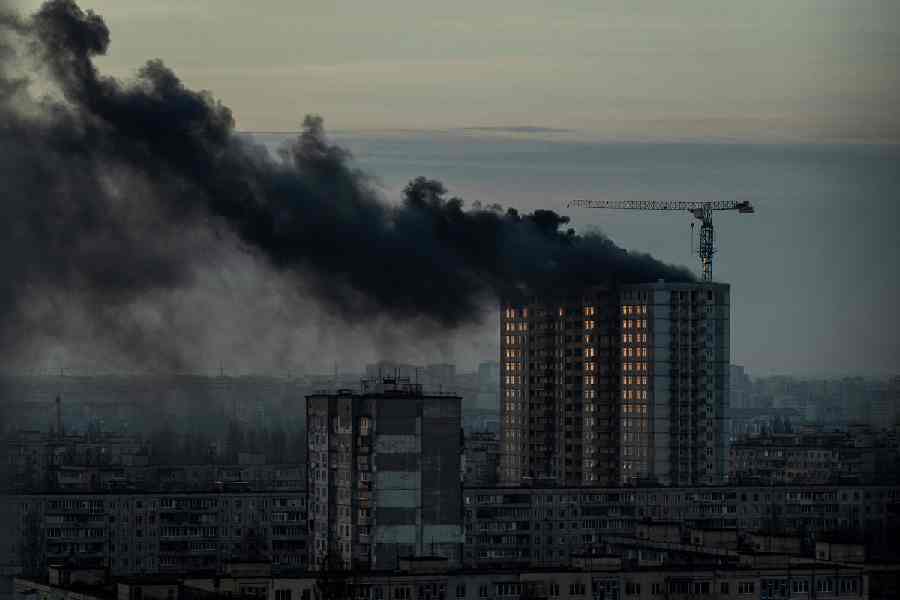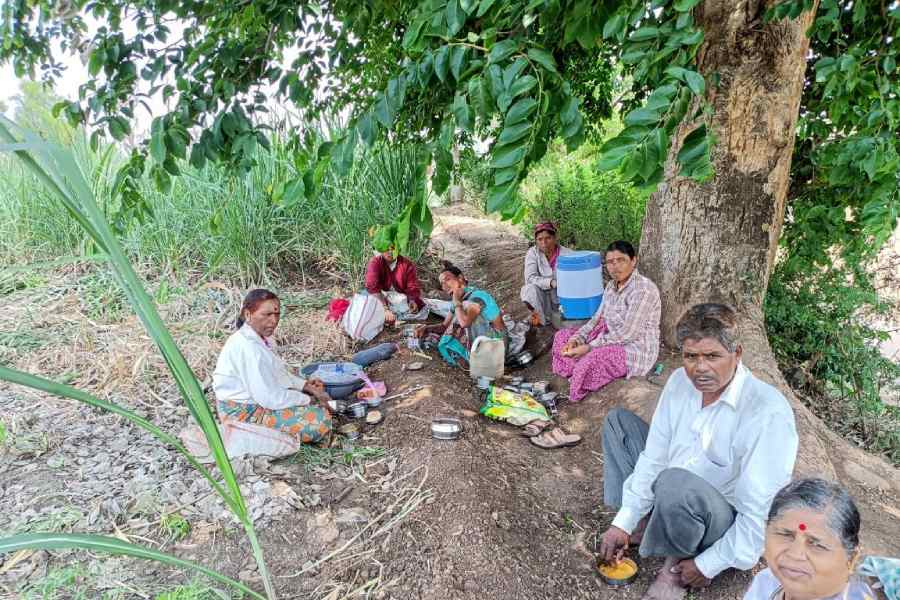Its towering smokestacks once puffed out clouds of steam. In gigantic machine rooms, turbines whirled around the clock. Furnaces burned trainloads of coal.
In the Soviet era, the Kurakhove Heating and Power Plant gave rise to the town around it in Ukraine’s east, driving the local economy and sustaining the community with wages and heating for homes.
“Our plant is the heart of our city,” said Halyna Liubchenko, a retiree whose husband worked his entire career in nearby coal mines that fed the facility.
That heart is barely beating now, partly destroyed by artillery. The plant is among the last still operating in Ukraine’s Donbas region, once the country’s centre of heavy industry and now a focal point of Russian ground offensives that are ravaging towns and cities along the front line.
War in eastern Ukraine has killed tens of thousands of people, reduced cities to ruins and displaced millions of people. It has also all but destroyed the factories and plants that were for years an important driver of Ukraine’s economy.
With the destruction this year of a major factory producing coking coal, which is burned to mill iron ore into steel in blast furnaces, the Donbas region’s steel industry is now wholly demolished. Other industries — like those producing chemicals, machinery and fertiliser — have been significantly degraded.
These plants once defined the region’s identity, and their decline in the post-Soviet period laid the groundwork for Russia to exploit economic discontent among eastern Ukraine’s miners and factory workers.
In 2013, the year before Russia’s military intervention in the east began, mines and factories in the Donbas region earned $28 billion, accounting for 15 per cent of the country’s economic output.
But two years into Russia’s full-scale invasion of Ukraine, the factories Russia had promised to revive in the region are in ruins. Nine of the country’s 15 steel mills are destroyed or shuttered behind Russian lines, according to the Employers Federation of Ukraine, an industry group. “It is very painful for the country to lose it all,” said Dmytro Oliynyk, the group’s director.
The region’s coal mines, steel and chemical plants also played a strategic role in the war, prolonging urban battles for months as Ukrainian troops used them as fortresses; in three prominent instances, they served as the last fortifications of defense as cities were overrun by Russians.
In the southeastern city of Mariupol, at the beginning of the war, in 2022, Ukrainians made their last stand in the Azovstal steelworks and held it for more than two months. The standoff ended when Ukrainian soldiers, surrounded, ran out of ammunition; more than 2,500 soldiers surrendered.
Ukrainian troops similarly fought among the pipes and machinery in a giant ammonia factory in Sievierodonetsk before that city fell in the summer of 2022.
A breaking point for Donbas industry came this year with the destruction of the Avdiivka coking coal plant, the largest one in Europe. With warrens of tunnels, multiple bomb shelters and underground water and power supplies, the plant became a bastion for Ukrainian soldiers holding the last northern edge of the city until they finally withdrew in February.
Kurakhove, about six miles from a front line, is the latest one-factory town where the plant has become a principal target of Russian artillery. On a recent visit, there was no indication that Ukrainian troops had taken up positions in the factory, but Russian forces had attacked it in recent months, along with other electrical generating plants, as they seek to degrade Ukraine’s energy grid.
The plant has been targeted 48 times by artillery and rockets this year, according to the director, Anatoly Borychevsky. Workers scramble to weld burst pipes and put plywood over windows. But with the front line moving ever closer, repairs are starting to feel futile.
“As soon as smoke comes out of the pipes, they hit us again,” Borychevsky said.
The Donbas — or Donetsk Basin — is named for the rich, subterranean basin of coal that spurred a 19th-century industrial boom that stretched into the Soviet period.
A Welsh investor, John Hughes, founded the regional center, now called Donetsk but originally named Hughes Town, or Yuzivka in Ukrainian.
New York Times News Service










